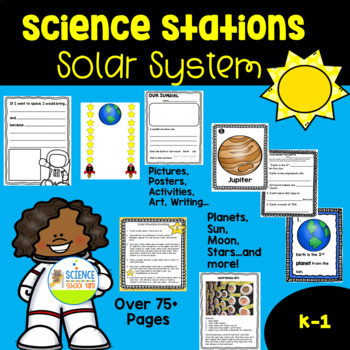I loved Valentine's Day as a kid. My favorite Valentine memory was when I won the Valentine Box Decorating competition in second grade. I was crowned the Queen of Hearts and my classmate, Danny, was crowned King of Hearts. I was so excited and felt so special. I see our students try to prepare for Valentine's Day this year and let's just say it isn't like it has been. We are bringing in Valentine's early in order to quarantine the cards, some are having kids bring in 50 cents in order to buy candy and treats that can be quarantined for the week in order for them to be safe. Wow! The times' we live in.

0
In my Science classes, we are doing science and STEM connections to help our students have engaging and fun Valentine themed challenges that can teach a science concept as well! This year, more than ever, I want to stop and take a break to let students find the joy that often seems to be missing as we social distance and work independently.
Here are my top 5 go to's this Valentine's Day that you are sure to love!!!
Kindergarten: Queen of Hearts Towers using pink paper tubes, cut out hearts, and Valentine Friends cut outs, as we learn how to be Valentine friends to each other and defining property words of science objects and how they connect that words can also describe a good friend. Traits vs. Property Words can help you make those valuable connections in language arts as well!
1st Grade: Love Bugs and animal adaptations, we build insects after learning about how animals adapt and survive not only winter, but as they return to us in spring...where have them been? We concentrate on how animals adapt then build our own love bug with three parts, six legs, antennas, and eyes. The kids love this, but this year, I will place their supplies in a gallon baggie to create their bugs. They will each get the same supplies, but what they do with it will be up to them.
Found in my Valentine STEM Pack!
2nd Grade: Valentine Bouquet, planting micro-greens and learning about plant parts this week in second grade gets us learning about heart healthy living as well. I was able to get plastic containers with lids from a local gas station that always helps our community!
3rd Grade : Valentine Measurements As we learn about our water unit, we are taking a break to discuss the three states of matter as I have to help the third grade teachers as we try to get our third graders up to grade level in math. I try to add what I can to help my kiddos along and to help my coworkers.
4th Grade: Heart Healthy Science learning. We have already learned about the cardiovascular system so now we are reviewing heart healthy living along with breathing and our masks. I will read the Cardiovascular System by Kay Manolis from Epic Books, free for teachers! When finished we will be reviewing what we learned using a quick Boom Learning Deck! I love that it corrects it for me. I signed up for premium.
5th Grade: Physical or Chemical Change Valentine Candy, We are making candy heart dispensers as we learn about candy and how their properties can be described as they have a changing state of matter. We test our candy hearts in a controlled experiment as well.
- Candy Dispenser STEM and more!
I love Valentine's Day and I love Science and STEM! What a great way to review and have hands-on engaging challenges! Each one of my activities are individually bagged with the supplies necessary for a challenge. It is a lot of prep for K-5th grade as a science teacher, but the reward is as sweet as candy. Next week, I start my third quarter after school STEAM classes and lets' just say I got this in the bag, too!
Because I love that you stopped by my blog...grab this Valentine Freebie that I am using to give to my students for Valentine's Day! Download here!

















































